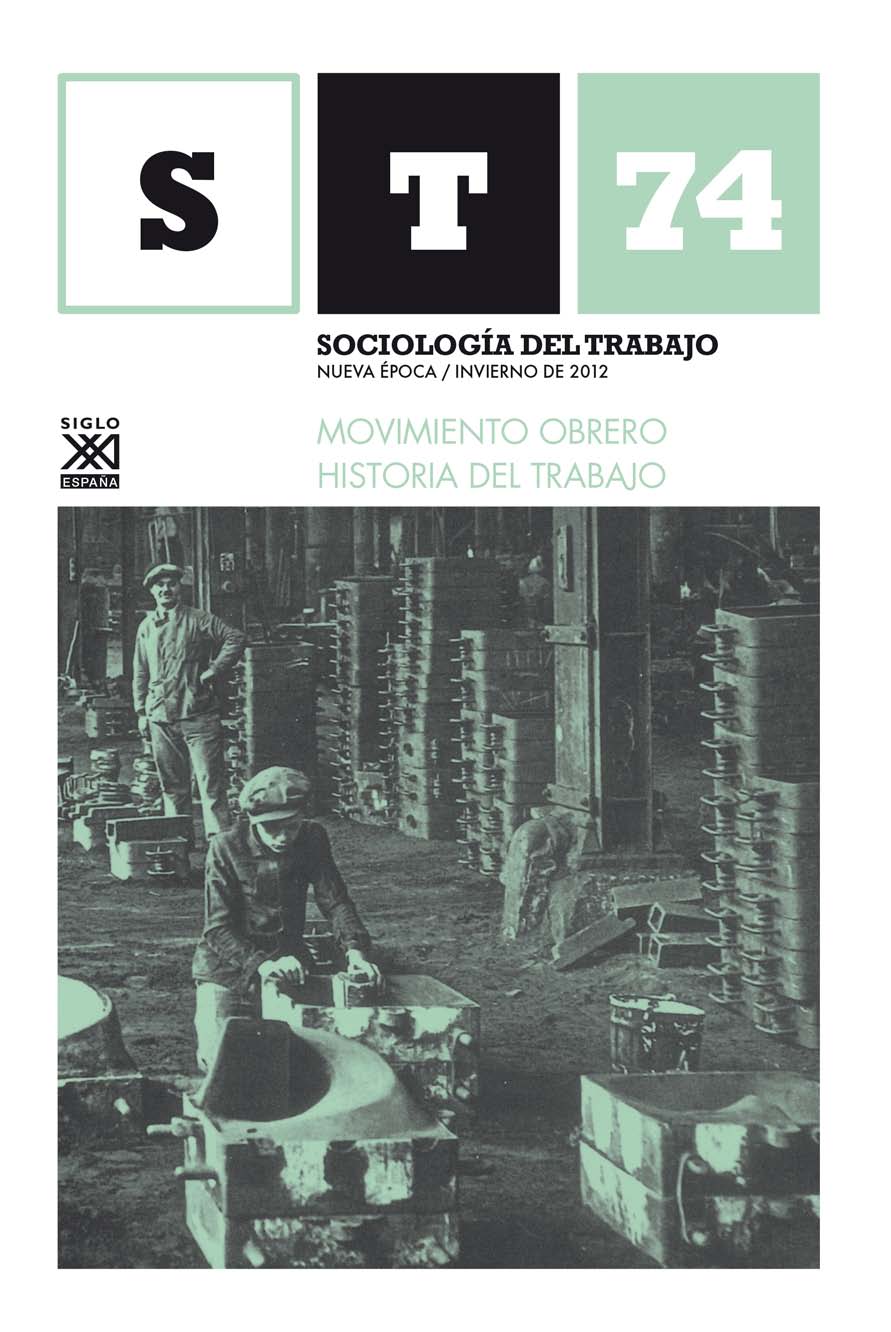¡EL MOVIMIENTO SINDICAL ESTADOUNIDENSE HA MUERTO! ¡VIVA EL MOVIMIENTO SINDICAL ESTADOUNIDENSE!
Abstract
Este artículo explora el declive del movimiento laboral de EEUU en las últimas décadas y su reorganización actual, destacando la creciente divergencia entre la tasa de sindicalización en el sector privado, que había caído por debajo del 7% en 2010 –la cifra más baja desde principios de 1930– y la del sector público, que permanece estable en el 36% en 2010. Mientras tanto, la composición demográfica de la afiliación sindical ha cambiado drásticamente. Pues había estado compuesta predominantemente por varones no-universitarios blancos y la afiliación sindical hoy cuenta con casi tantas mujeres como hombres. Y los trabajadores con nivel universitario tienen una tasa de sindicalización más alta que cualquier otro grupo. Así mismo, los trabajadores negros tienen tasas de sindicalización más altas que los blancos, y los inmigrantes son tan propensos a ser miembros del sindicato como los trabajadores nacidos dentro de los EEUU. El artículo concluye con una breve dis-cusión de las perspectivas de revitalización de los sindicatos en los próximos años.
Abstract: «The U.S. labor movement is dead! Long live the U.S. labor mo-vement!»
This article explores the decline of the U.S. labor movement in recent decades and its current disarray, highlighting the growing divergence between the unioni-zation rate in the private sector, which had fallen below 7% by 2010 - the lowest figure since the early 1930s - and the more stable rate in the public sector, 36% in 2010. Meanwhile, the demographic composition of union membership has changed dramatically. Once predominantly comprised of non-college-educated white men, U.S. union membership today includes nearly as many women as men, and college-educated workers have a higher unionization rate than any other group. Black workers have a higher unionization rate than whites, and immigrants are nearly as likely to be union members as workers born inside the U.S. The article concludes with a brief discussion of the prospects for union revitalization in the coming years.
References
BERNHARDT, A.; MILKMAN, R.; THEODORE, N.; HECKATHORN, D.; AUER, M.; DEFELIPPIS,
J.; GONZALEZ, A.; NARRO, V.; PERELSHTEYN, J.; POLSON, D. y SPILLER, M.
(2009), Broken Laws, Unprotected Workers: Violations of Employment
and Labor Laws in America’s Cities, National Employment Law Project,
UCLA Institute for Research on Labor and Employment, y University of
Illinois at Chicago, Center for Urban Economic Development.
BOBO, K. (2009), Wage Theft in America, The New Press.
DARK, T. (2001), The Unions and The Democrats: An Enduring Alliance,
Cornell University Press.
FINE, J. (2006), Worker Centers: Organizing Communities at the Edge of the
Dream, Cornell University Press.
FREEMAN, R. B. y ROGERS, J. (1999), What Workers Want, Cornell University
Press y Russell Sage Foundation.
GORDON, J. (2005), Suburban Sweatshops: The Fight for Immigrant Rights,
Harvard University Press.
HIRSCH, B. T. y MACPHERSON, D. A. (2011), Union Membership and Earnings
Data Book, Bureau of National Affairs.
LERNER, S. (2011), «A New Insurgency Can Only Arise Outside the Progressive
and Labor Establishment», New Labor Forum, vol. 20, n.º 3, pp.
-13.
MILKMAN, R. (2006), L.A. Story: Immigrant Workers and the Future of the
U.S. Labor Movement, Russell Sage Foundation.
MILKMAN, R.; BLOOM, J. y NARRO, V. (eds.) (2010), Low Wage Worker Organizing
and Advocacy: The L.A. Model, Cornell University Press.
WESTERN, B. y ROSENFELD, J. (2011), «Unions, Norms and the Rise in U.S. Wage
Inequality», American Sociological Review, vol. 76, n.º 4, pp. 513-537.
Downloads
Issue
Section
License
Avisos de derechos de autor propuestos por Creative Commons
1. Política propuesta para revistas que ofrecen acceso abierto
Aquellos autores/as que tengan publicaciones con esta revista, aceptan los términos siguientes:- Los autores/as conservarán sus derechos de autor y garantizarán a la revista el derecho de primera publicación de su obra, el cuál estará simultáneamente sujeto a la Licencia de reconocimiento de Creative Commons que permite a terceros compartir la obra siempre que se indique su autor y su primera publicación esta revista.
- Los autores/as podrán adoptar otros acuerdos de licencia no exclusiva de distribución de la versión de la obra publicada (p. ej.: depositarla en un archivo telemático institucional o publicarla en un volumen monográfico) siempre que se indique la publicación inicial en esta revista.
- Se permite y recomienda a los autores/as difundir su obra a través de Internet (p. ej.: en archivos telemáticos institucionales o en su página web) antes y durante el proceso de envío, lo cual puede producir intercambios interesantes y aumentar las citas de la obra publicada. (Véase El efecto del acceso abierto).
2. Política propuesta para revistas que ofrecen acceso abierto diferido
Aquellos autores/as que tengan publicaciones con esta revista, aceptan los términos siguientes:- Los autores/as conservarán sus derechos de autor y garantizarán a la revista el derecho de primera publicación de su obra [ESPECIFICAR PERIODO DE TIEMPO], el cuál estará simultáneamente sujeto a laLicencia de reconocimiento de Creative Commons que permite a terceros compartir la obra siempre que se indique su autor y su primera publicación esta revista.
- Los autores/as podrán adoptar otros acuerdos de licencia no exclusiva de distribución de la versión de la obra publicada (p. ej.: depositarla en un archivo telemático institucional o publicarla en un volumen monográfico) siempre que se indique la publicación inicial en esta revista.
- Se permite y recomienda a los autores/as difundir su obra a través de Internet (p. ej.: en archivos telemáticos institucionales o en su página web) antes y durante el proceso de envío, lo cual puede producir intercambios interesantes y aumentar las citas de la obra publicada. (Véase El efecto del acceso abierto).


